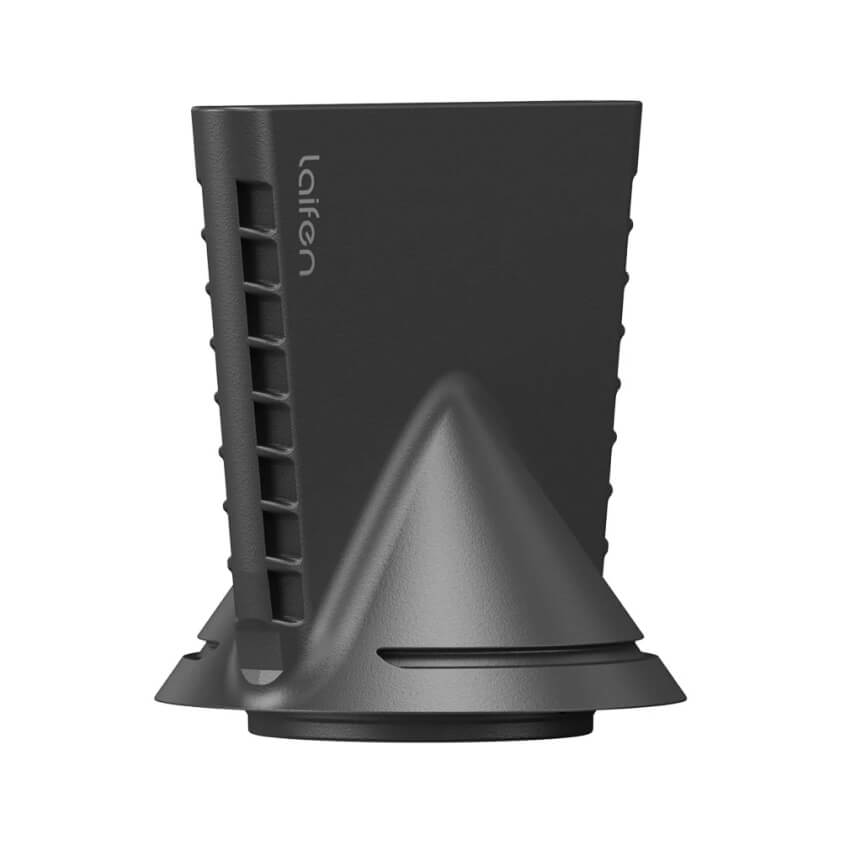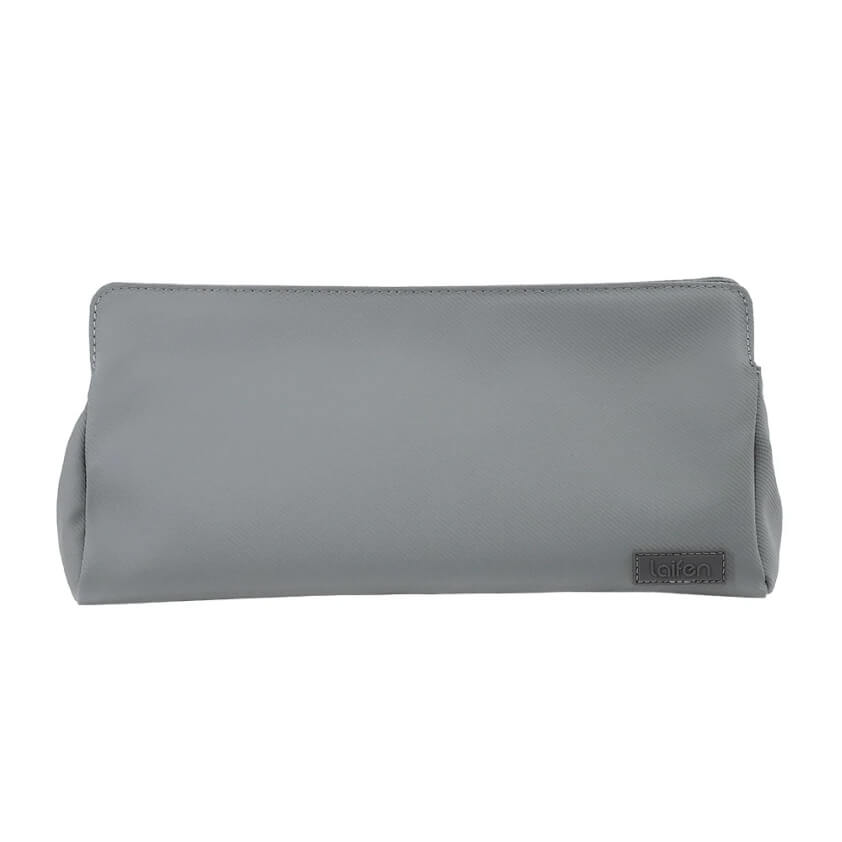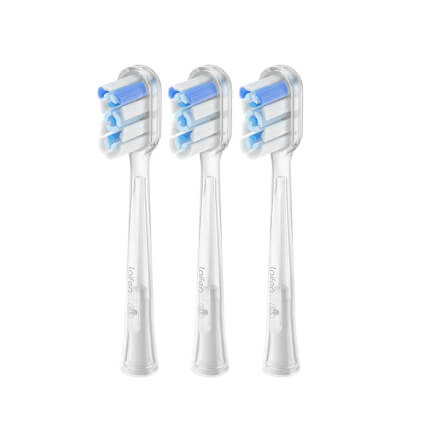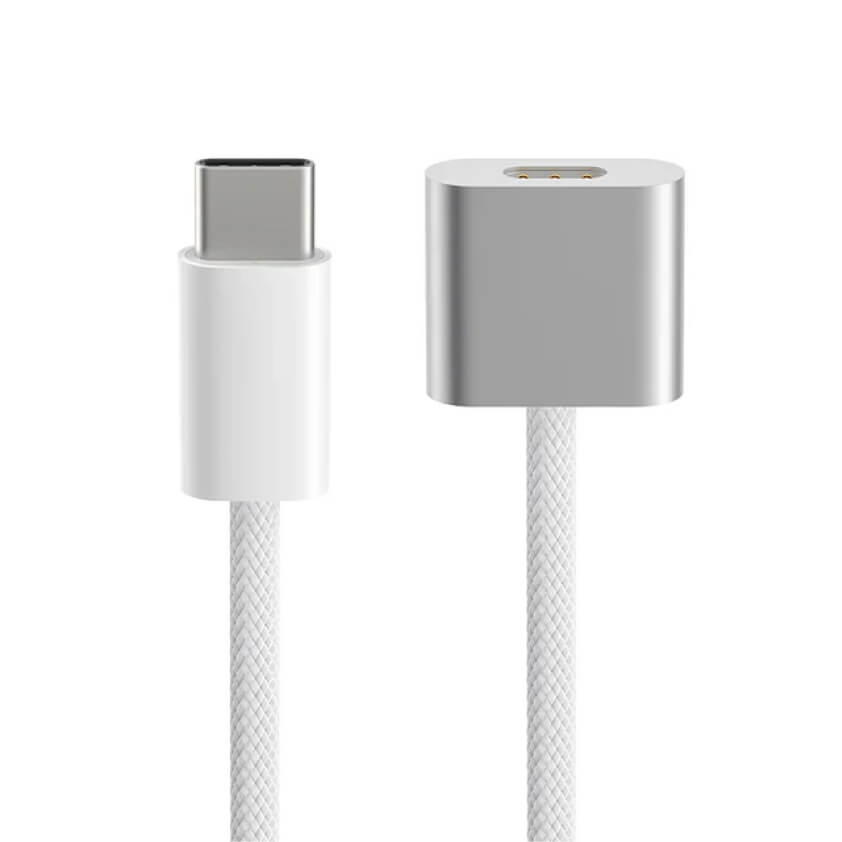
In this article
Cutting men's hair at home can be a cost-effective alternative to salon visits. With the right techniques and tools, you can achieve professional-looking results. Happily! In this guide, we'll provide step-by-step instructions and expert tips to help you master home haircuts. You'll learn about the tools needed, how to handle different hair types, and common mistakes to avoid.
How to cut men's straight hair at home with scissor
Cutting men's straight hair at home can be straightforward with the right tools and techniques. Here's what you'll need and a step-by-step tutorial to guide you through the process.
What you'll need
-
Sharp hair-cutting scissors
-
Comb
-
Spray bottle with water
-
Hair clips
-
Cape or towel
-
Mirror
-
Sectioning clips
-
Haircutting cape or old towel to cover shoulders
How-to tutorial
Step 1. Prepare your hair
If your hair is dirty or oily, wash and dry it before cutting. You can try to use a spray bottle to slightly dampen the hair. This makes it easier to handle and cut.
Pro tip: Avoid soaking the hair completely as it can lead to uneven cutting when the hair dries and shrinks.
Step 2. You need to section the hair
Use a comb to divide the hair into sections. Start by creating a parting from the front to the back of the head, then divide the hair into top, sides, and back sections. Clip the sections you are not working on to keep them out of the way.
Tip: Secure each section with sectioning clips for better control and precision.
Step 3. Start with the back of your head
Begin at the nape of the neck. Comb a small section of hair down and hold it between your index and middle fingers, cutting to the desired length.
Continue working up the back of the head, cutting each section to match the length of the previous one.
Tip: Use a comb to pull the hair straight and maintain even tension to ensure a straight cut.
Step 4. Move to the sides
Comb down a small section of hair from the side and trim to the desired length, using the hair at the back as a guide. Hold the hair between your fingers and cut horizontally. Repeat on the other side, ensuring both sides are even.
Pro tip: Check both sides in the mirror to ensure symmetry and even length.
Step 5. Cut the top
Release the top section and comb it forward. Starting from the front, take small horizontal sections, comb them straight up, and trim to the desired length. You can use the previously cut section as a guide for length consistency. Work your way back, ensuring each section is even with the one before it. Angle your fingers slightly for a more natural, layered look on the top.
Step 6. Blend and texturize
To avoid harsh lines and blend the hair, use point cutting. Hold the scissors vertically and make small snips into the ends of the hair.
This adds texture and a more natural finish. For a softer look, use thinning shears to blend and remove bulk without changing the overall length.
Step 7. Trim the bangs (if applicable)
Comb the bangs straight down and trim to the desired length, using small, even cuts. Start in the middle and work your way to the sides for better control.
Professional tip: Cut the bangs a little longer than desired initially, as it's easier to trim more if needed than to correct if they are too short.
Step 8. Final touches
Use a mirror to inspect all angles and ensure a consistent cut. Have the person tilt their head slightly in different directions while you check for evenness and balance.
Step 9. Clean up
Remove the cape or towel and brush off any loose hair. Style the hair as desired with your preferred styling product. For example, you can use lightweight styling products like a texturizing spray or light pomade to enhance the haircut without weighing it down.
How to cut men's curly hair in 3 steps
Cutting men's curly hair at home can be simplified into three essential steps. With the right tools and techniques, you can achieve a stylish and manageable haircut.
The second part will show you what you'll need and a detailed step-by-step tutorial to guide you through the process.
What you'll need:
-
Sharp hair-cutting scissors
-
Wide-tooth comb
-
Spray bottle with water
-
Hair clips
-
Cape or towel
-
Mirror
-
Sectioning clips
-
Leave-in conditioner or curl cream (optional)
How-to tutorial
Step 1. Prepare your hair firstly
Use a spray bottle to lightly mist the hair with water if it has dried after washing. Enjoy a leave-in conditioner or curl cream to enhance curl definition and make the hair easier to manage.
Professional tip: Make sure the hair is evenly damp but not soaking wet, as overly wet hair can lead to uneven cutting when it dries.
Step 2. Section and trim the hair
Use a wide-tooth comb to detangle the hair. You may need to divide the hair into manageable sections using sectioning clips, starting with the back, then the sides, and finishing with the top.
Starting at the back, take a small section of hair, hold it between your fingers, and trim to the desired length. Use the same technique for the sides and top, always cutting less than you think you need to avoid cutting too much.
Pro tip: Cut curly hair while it's damp but allow for shrinkage when it dries. Cut a bit longer than your desired length.
Step 3. Shape and finish you hair cutting
Once all sections are trimmed, check for evenness and balance by using a mirror. Make any necessary adjustments by lightly trimming any uneven areas.
To add shape, point cut the ends by holding the scissors vertically and making small snips. This technique softens the edges and enhances the curls.
Tip: For a natural look, avoid blunt cuts and instead focus on creating a rounded shape that complements the natural curl pattern.
Tips for different hair type cutting
Cutting hair at home can be challenging, especially if you're dealing with different hair types. Each hair type has unique characteristics that require specific techniques and tools to achieve the best results. Here are some tips for cutting different hair types, along with a handy table for quick reference.
Useful tips
-
Straight hair: Requires precision and even cuts to avoid visible mistakes.
-
Wavy hair: Needs careful layering to enhance natural waves.
-
Curly hair: Should be cut longer than desired length to account for shrinkage.
-
Fine hair: Benefits from texturizing to add volume.
-
Thick hair: Needs thinning to reduce bulk and improve manageability.
What you need to do about cutting different hair length
Here's a guide to help you navigate cutting short, medium, and long hair at home, along with the tools you'll need for each length.
Tips
-
Short hair: Requires precision and regular maintenance to keep the style sharp.
-
Medium hair: Offers versatility but needs careful sectioning and layering.
-
Long hair: Demands patience and attention to detail to maintain length and prevent split ends.
Tools you'll need
-
Sharp hair-cutting scissors
-
Comb (fine-tooth and wide-tooth)
-
Spray bottle with water
-
Hair clips
-
Mirror (preferably two for viewing different angles)
-
Haircutting cape or old towel to cover shoulders
Things you need to avoid during cutting hair
In the last part, you can know about and try to prevent some common mistakes to ensure a successful outcome. What is your process experience? Share with me below.
1. Using dull scissors
Using dull scissors can lead to uneven cuts and damage to the hair ends. Dull blades can tug and pull at the hair, causing split ends and a rough finish. Always use sharp, high-quality hair-cutting scissors created for this purpose.
2. Cutting wet hair too short
Hair tends to shrink when it dries, especially curly and wavy hair. Cutting wet hair too short can result in a shorter-than-expected style once it dries. To avoid this, leave a little extra length when cutting wet hair, or cut it dry if you're aiming for precision.
3. Ignoring sectioning
Failing to section the hair properly can lead to uneven cuts and a lack of control over the styling process. Always section the hair into manageable parts using clips. This ensures that you can focus on small areas at a time and maintain an even, balanced cut.
4. Rushing the process
Cutting hair in a hurry can lead to mistakes and an uneven finish. Take your time to section, comb, and cut the hair. Rushing through the process increases the risk of cutting too much or too little and can result in an unsatisfactory haircut.






















